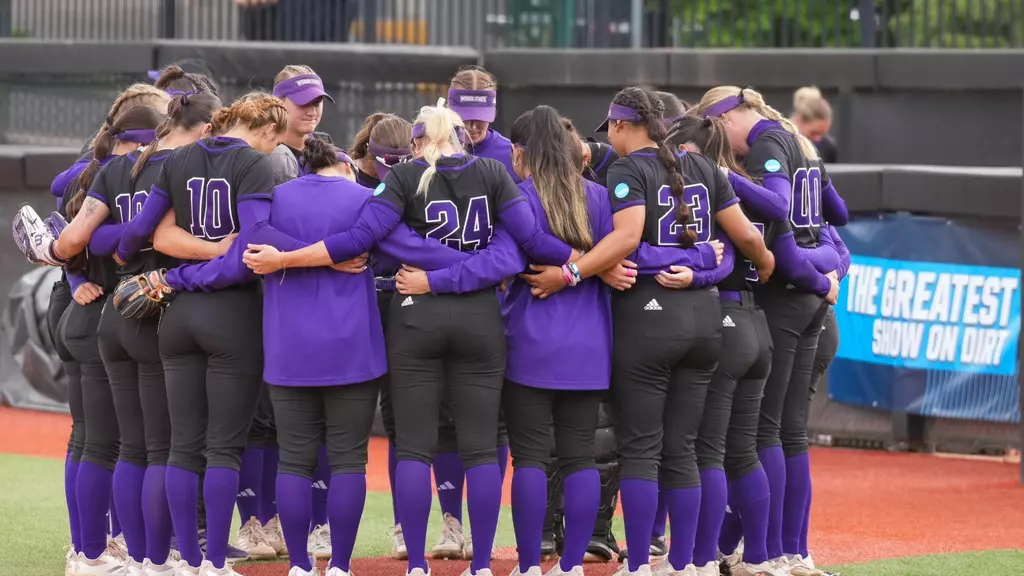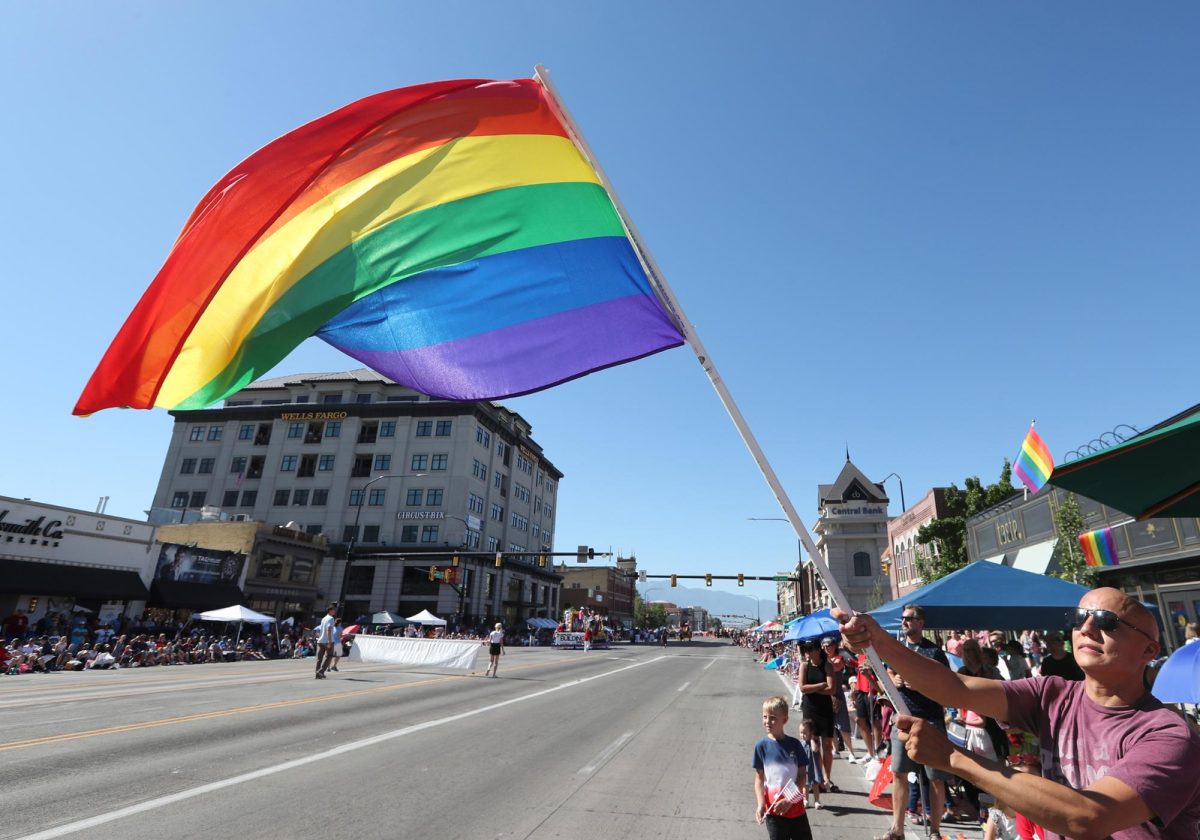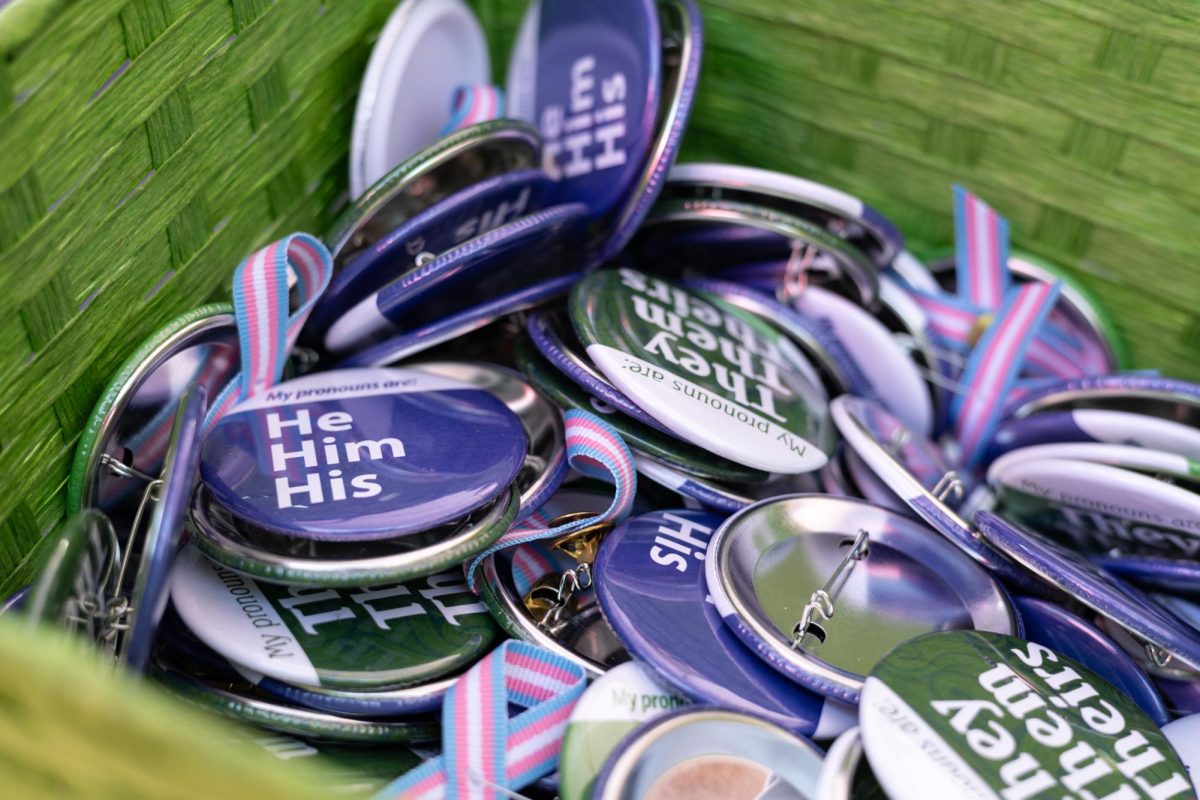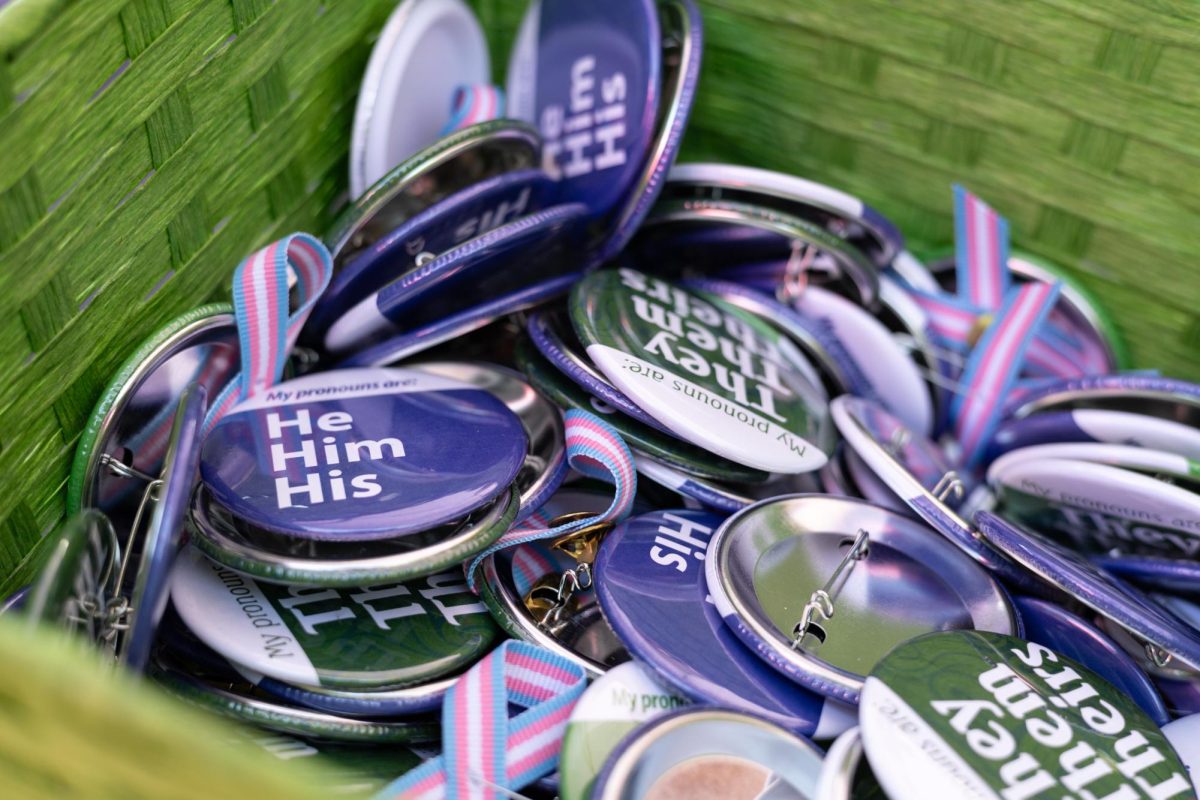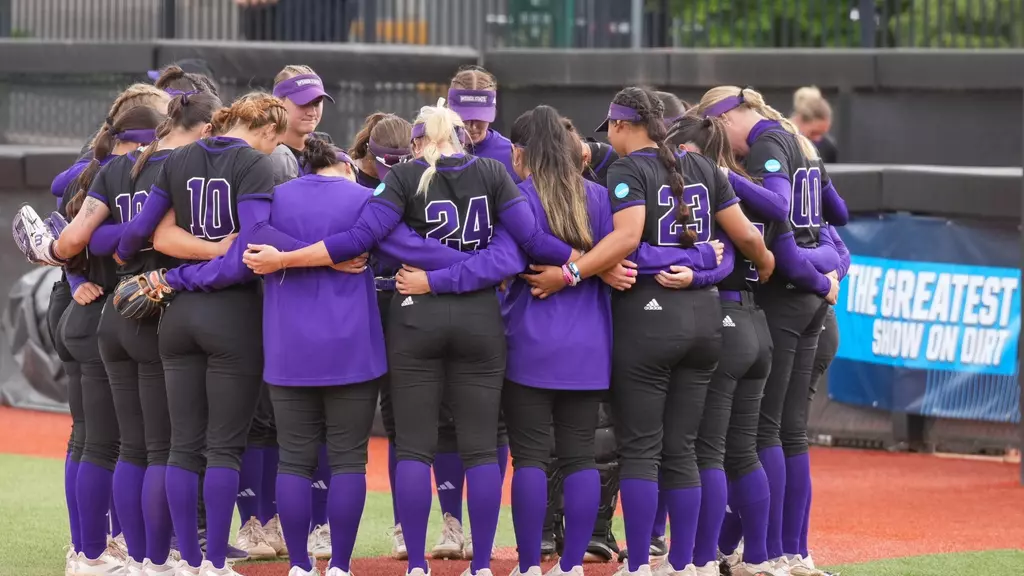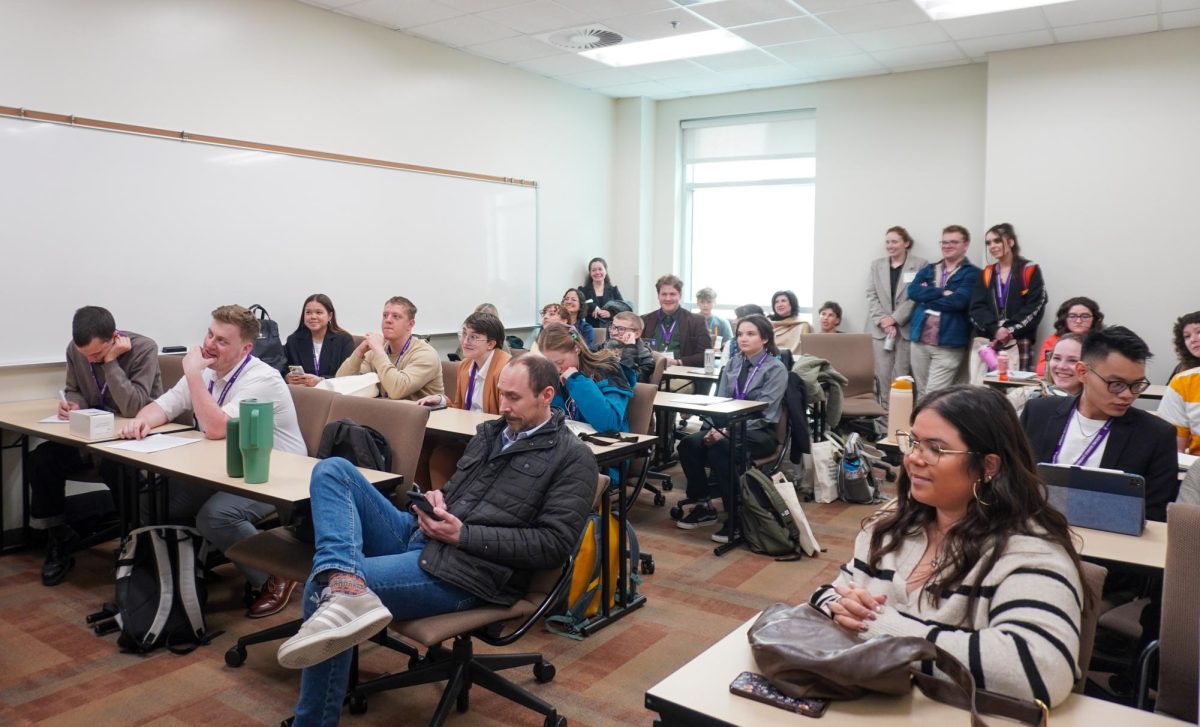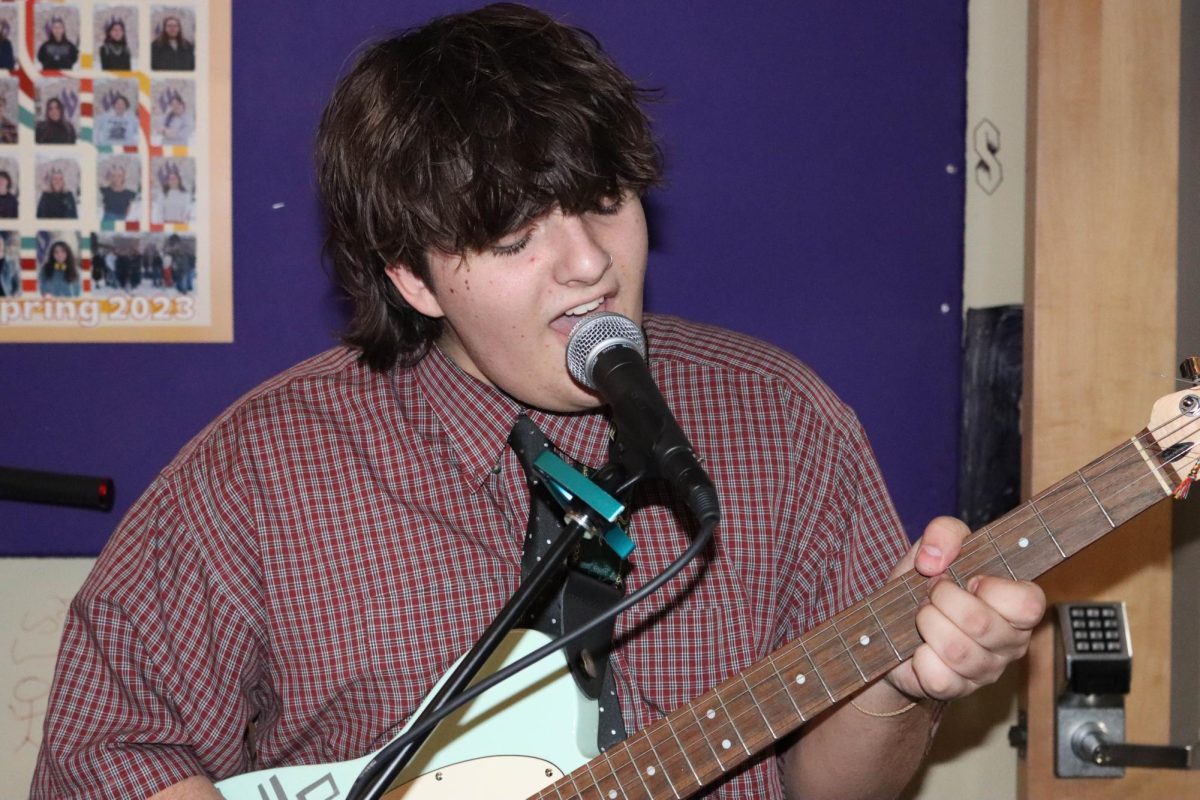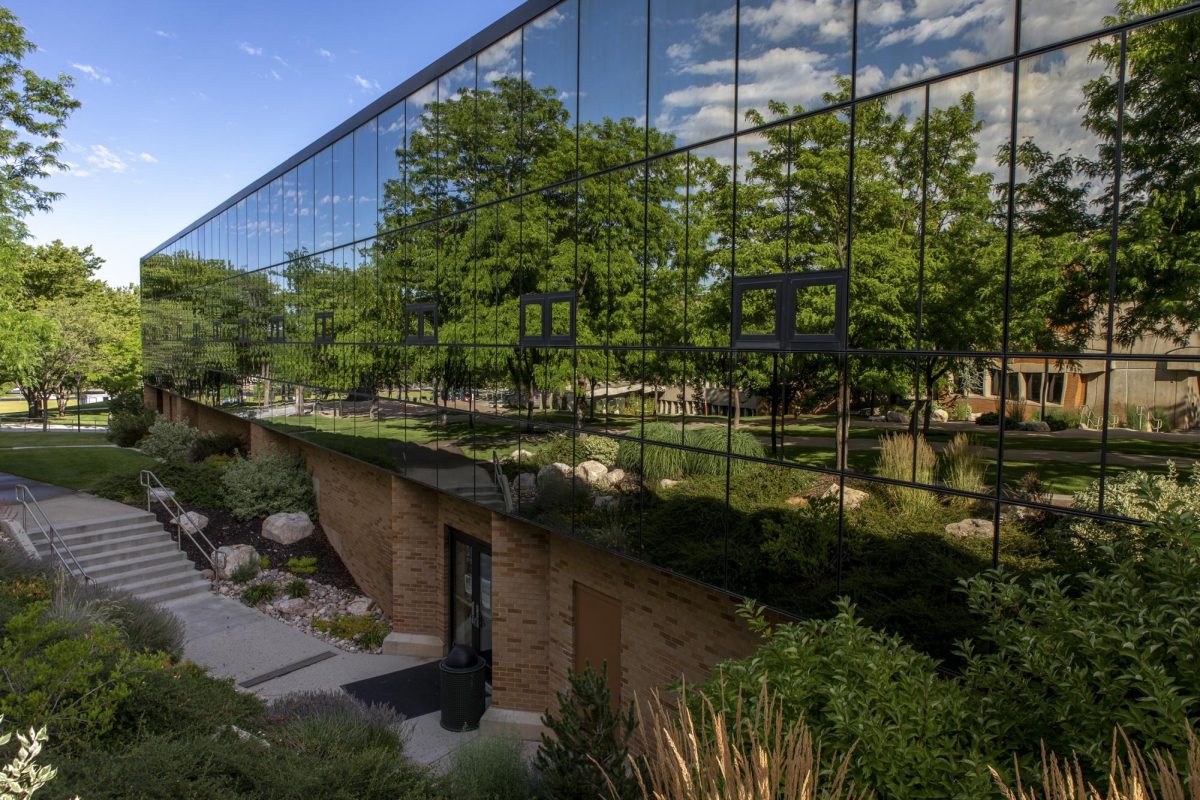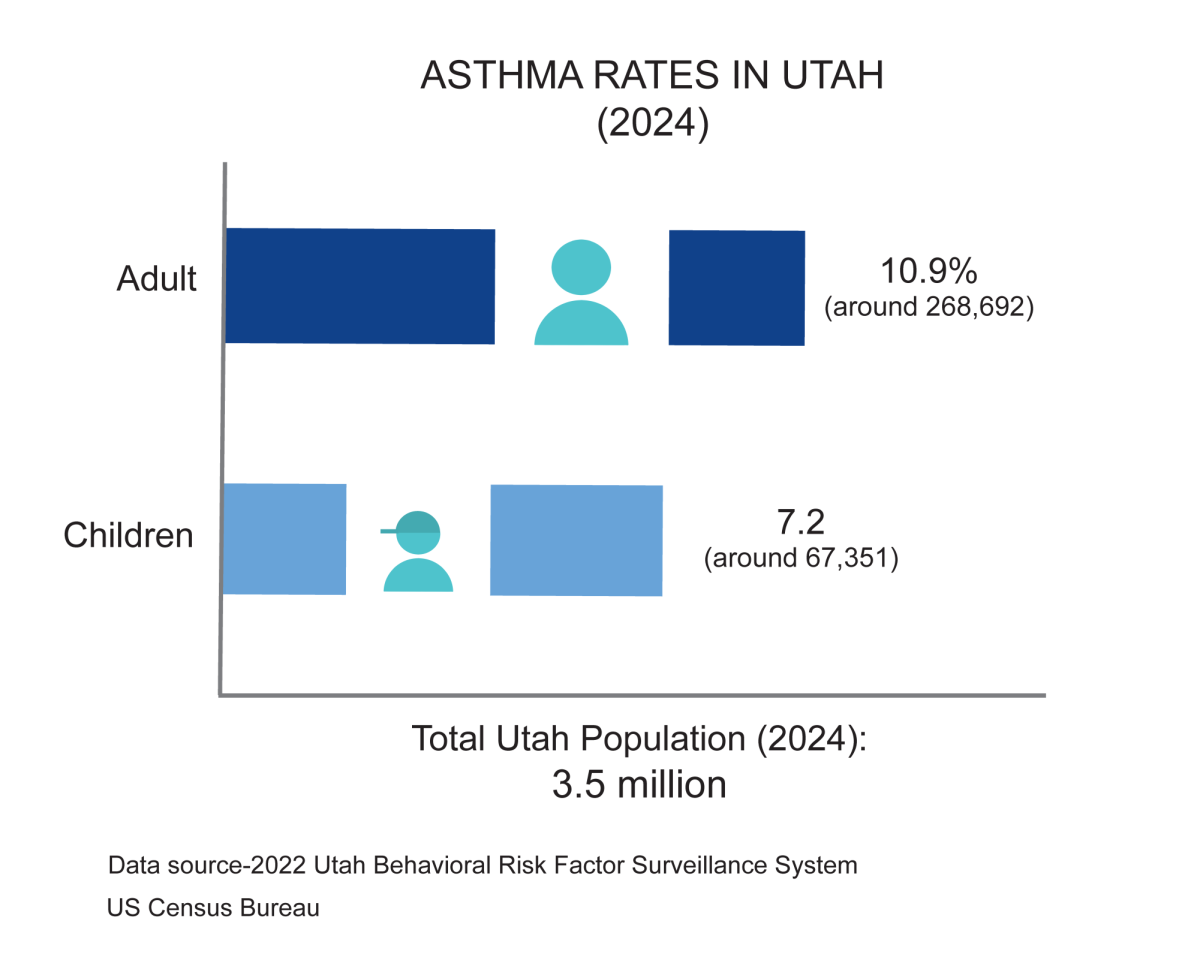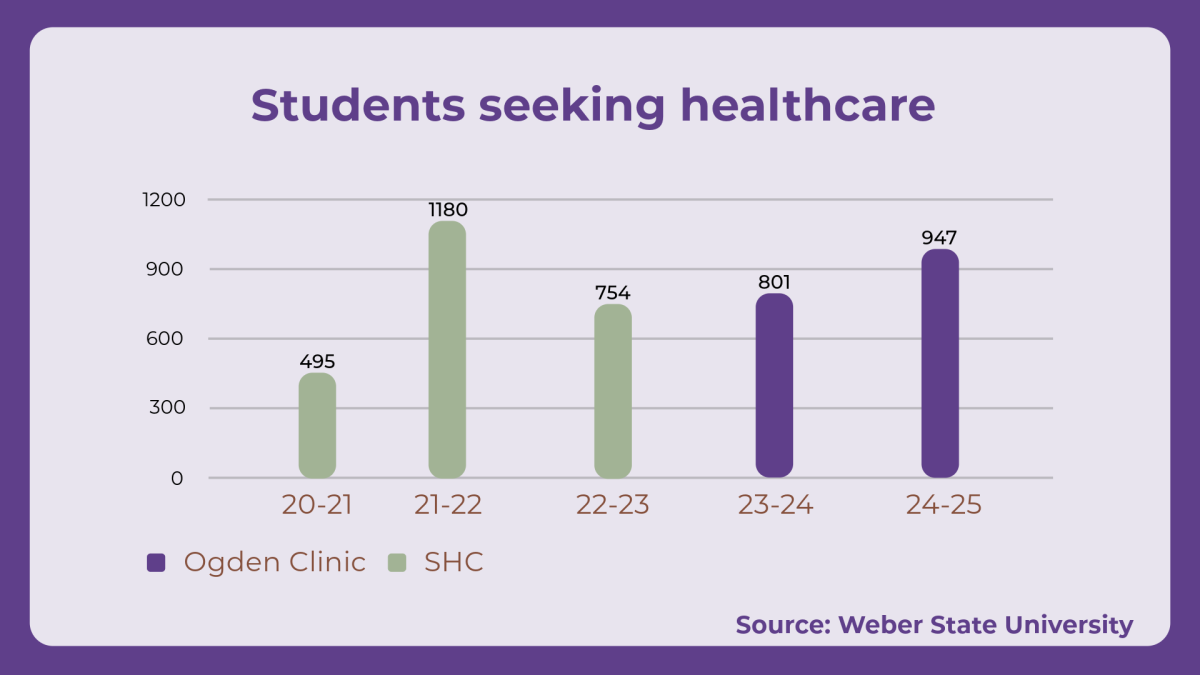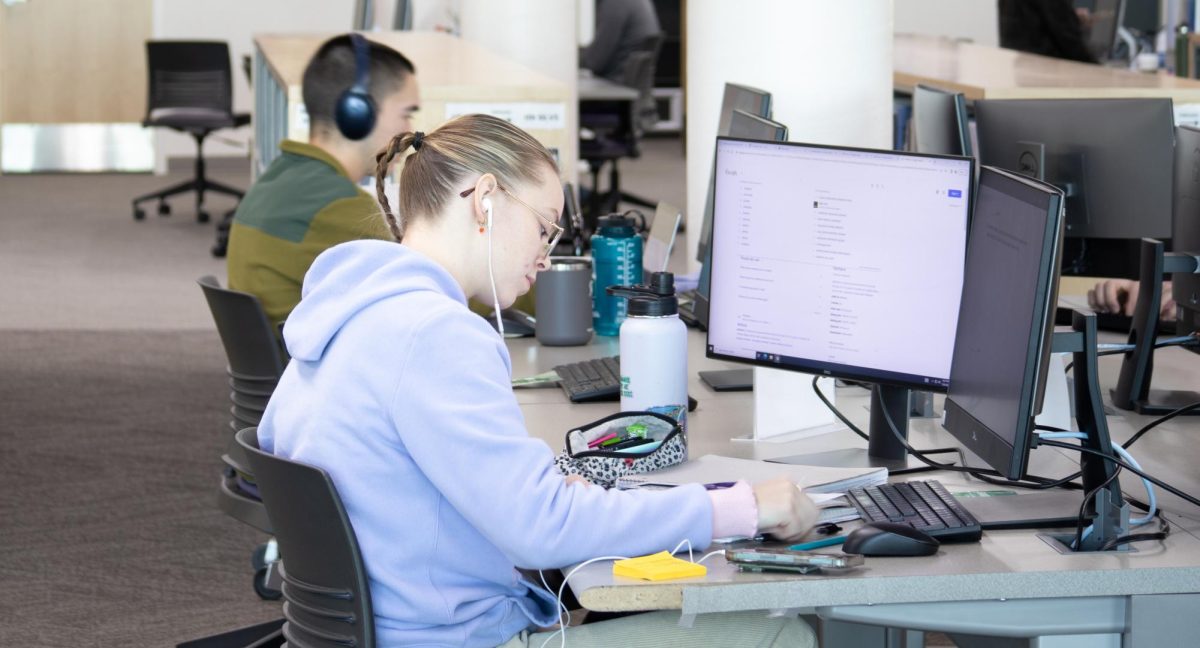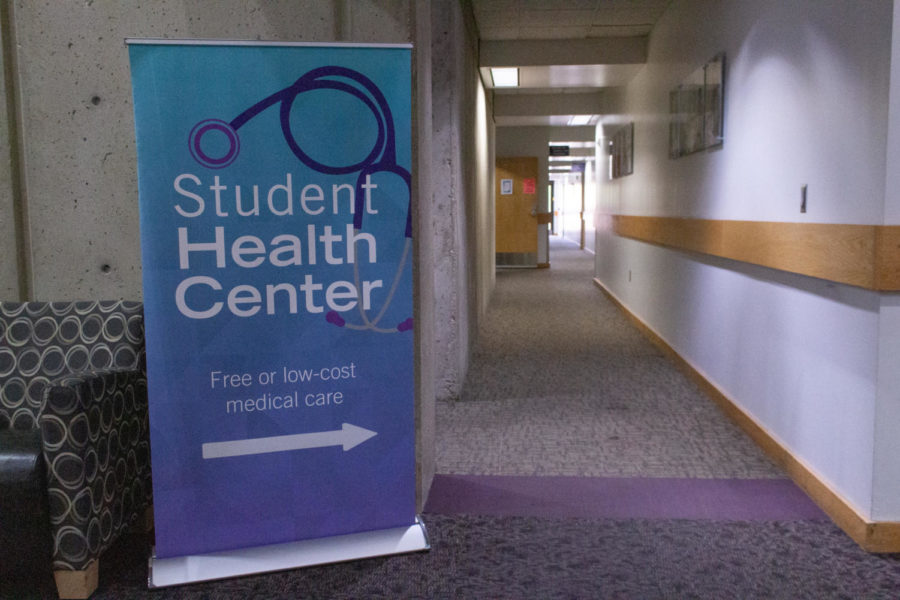[media-credit id=4 align=”alignright” width=”300″] [/media-credit]For the second-straight year, dozens of people gathered to walk a mile early Saturday morning at WSU’s Stewart Stadium to remember Lyndsay Lynch, who died in September of last year from epilepsy, and to advocate for awareness of the condition.
[/media-credit]For the second-straight year, dozens of people gathered to walk a mile early Saturday morning at WSU’s Stewart Stadium to remember Lyndsay Lynch, who died in September of last year from epilepsy, and to advocate for awareness of the condition.
At $20 per person, Laps for Lyndsay looked to raise more than $2,000 this year. While many of the attendees were families of individuals afflicted with epilepsy, those who weren’t were given the opportunity to learn a lot. Posted around the track were various signs with fast facts about the condition.
“Lyndsay began having seizures around 5 months old, and her last seizure was what took her life,” said Mandy Lynch, mother of Lyndsay Lynch, after whom the event is named.
According to the Epilepsy Association of Utah, epilepsy affects children, adults, men and women of all races and social classes equally. The magnitude, as explained by the University of Utah Clinical Neurosciences Center, of epilepsy’s effect is greater than the total combined impact of multiple sclerosis, muscular dystrophy, cerebral palsy and Parkinson’s disease combined.
The cause of epilepsy is unknown in more than 70 percent of cases; however, when the cause can be deducted, it is usually attributed to head injury, stroke, brain tumors, genetic factors and Alzheimer’s disease. Epilepsy is an increasing problem for the elderly as a result of many of these factors.
Laps for Lyndsay first took place in October of last year, only five weeks after Lyndsay passed away.
“Last year’s turnout was really good, about 200 people,” Lynch said.
Lynch said they wanted want to “turn their energy to the positive instead of the negative.” Mandy and Charles Lynch started Laps for Lyndsay with hopes of raising money for the National Ability Center in Park City.
Lyndsay used to attend this camp, Lynch said, and she loved that at the National Ability Center there were “a ton” of outdoor activities and she could interact with other children her age with the same affliction.
“Prior to this camp at the National Ability Center, (there were) camps for kids that catered to all types of disablities,” Lynch said. “At this camp, the kids can connect with kids who specifically have epilepsy; this way, they can connect better.”
The National Ability Center offers recreational activities for individuals with physical and cognitive disorders and their families and peers. The center hosts a summer camp, typically in July, for children afflicted with epilepsy. This summer, the camp hosted 11 children.
The camp touches close to home for the Lynches.
“Lyndsay loved to camp, hike, fish, most definitely, and had an extreme love for horses,” Lynch said.
Lynch also said their goal is to “enable other kids with epilepsy to do those things.”
The camp has been around for 11 years, but is in its fifth year at the National Ability Center as an epilepsy-specific camp.
Annette Maughan, vice president of the Epilepsy Association of Utah, retold a story of one of the camp regulars named Emma. Emma was in English class in junior high, Maughan said, when she had her first seizure. Maughan went on to explain that Emma received a negative response from her classmates, who went on to create a “I Hate Emma” Facebook page. For Emma, Maughan explained, the camp is “the one place where she feels safe, and not judged.”
At the end of the camp, the center holds a special campfire talk with the children, in which they can safely share stories and emotions they might not feel comfortable doing elsewhere. Nationwide, there are roughly only eight or nine of these camps.
Jenn Whiting, executive director of the Epilepsy Association of Utah, said the numbers at the camp have doubled every year. Whiting explained that half of the camp attendees every year are regulars, but she said what excites her the most is the fact that half the attendees are new every year.
While the camp is limited to those younger than 18, the National Ability Center caters to all ages throughout all seasons.



